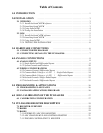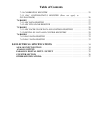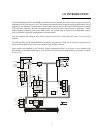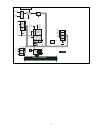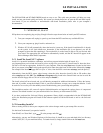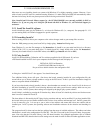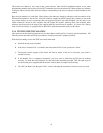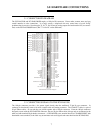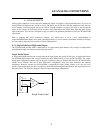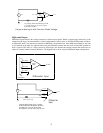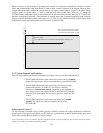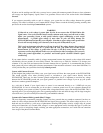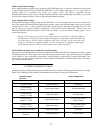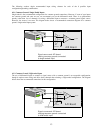
The board's base address is also stored in the system software. Once InstaCal installation software is run, other
programming methods such as direct IN and OUT statements can write and read the PCI board registers by reference
to the base address and the offset from base address corresponding to the chart of registers located elsewhere in this
manual.
But a word of warning is in order here. Direct writes to the addresses simply by reference to the base address of the
PCI board I/O registers is not advised. Since the addresses assigned by the PCI plug & play software are not under
your control, there is no way to guarantee that your program will run in any other computer. Not only that, if you
install another PCI board in your computer after the orginal PCI board’s addresses have been assigned, those
addresses may be moved by the plug & play software when the second board is installed. It is best to use a library
such as Universal Library or a program such as HP-VEE to make measurements with your PCI board.
2.2.4 TESTING THE INSTALLATION
After you have run the install program and set your base address with InstaCal, it is time to test the installation. The
following section describes the InstaCal procedure to test that your board is properly installed.
With InstaCal running, choose the TEST item on the main menu.
a.
Select the board you just installed
b.
If the choice “Internal Test” is available, then select Internal Test. If not, proceed to
e.
below.
c.
The internal control registers of the board will then be tested. If this test is successful, your board is
installed correctly.
d.
If the Internal Test is completed successfully, you may want to check that the I/O pins are working
correctly. To check this select External Test and follow the instruction provided. This will require you to
use the shorting wires supplied with the board to connect inputs to outputs for I/O testing.
e.
The “I/O Test Menu” lists the option “Plot”, select it and make the connections as shown to test your card.
6




